Unfinished European Walnut Hardwood Timber
Product Overview
Explore the exquisite quality of our walnut timber from SIA Broceni Pellets. Sourced from sustainably managed forests, this material is perfect for a wide range of applications, including furniture making, cabinetry, and high-end woodworking projects. Its rich color and unique grain patterns make it a favorite among craftsmen and designers alike.
Unfinished European walnut hardwood timber has a rich history rooted in the cultural and economic developments of Europe. Here’s an overview:
Historical Background of Unfinished European Walnut Hardwood Timber
- Ancient Use:
- Walnut trees (Juglans regia) have been cultivated since ancient times, with evidence of their use dating back to the Roman Empire. The Romans valued walnut for its strong, durable wood and used it for furniture, flooring, and various tools.
- Medieval Period:
- During the Middle Ages, walnut wood became a symbol of wealth and status. It was commonly used by nobility for ornate furniture and decorative arts. Craftsmen began to develop intricate carving techniques, enhancing the wood’s aesthetic appeal.
- Renaissance Influence:
- The Renaissance saw a resurgence in the use of walnut due to its beauty and workability. Artists and furniture makers in Italy and France favored walnut for its rich color and grain, leading to the creation of iconic pieces that are still revered today.
- Industrial Revolution:
- The Industrial Revolution in the 18th and 19th centuries changed the timber industry. While mass production increased, the demand for high-quality hardwoods like walnut remained strong. Unfinished walnut timber became popular among craftsmen who preferred to apply their own finishes.
- 20th Century to Present:
- In the 20th century, walnut timber continued to be associated with luxury and quality. The rise of sustainable forestry practices has influenced its sourcing. Today, unfinished European walnut is sought after for its versatility in furniture, cabinetry, and flooring, allowing artisans to showcase the wood’s natural beauty.
Characteristics of Unfinished European Walnut Hardwood Timber
- Color and Grain: European walnut is known for its rich, dark brown color with lighter streaks. The grain is typically straight but can also be wavy or curly, adding to its visual interest.
- Durability: It is a strong hardwood, resistant to wear and tear, making it suitable for various applications.
- Finishing: Unfinished walnut allows for customization, enabling users to choose their preferred stain or finish to enhance the wood’s natural characteristics.
Modern Usage of Unfinished European Walnut Hardwood Timber
- Craftsmanship: Artisans and furniture makers often prefer unfinished walnut for bespoke projects, allowing for a personalized touch.
- Sustainability: There is a growing emphasis on responsibly sourced walnut, with many suppliers adhering to sustainable forestry practices.
Unfinished European walnut hardwood timber has evolved from its ancient origins to become a prized material in modern craftsmanship. Its historical significance, combined with its aesthetic and practical qualities, continues to make it a popular choice in woodworking and design.
Key Features of Unfinished European Walnut Hardwood Timber
- Rich, dark color that enhances with age
- Unique and attractive grain patterns
- Eco-friendly, sustainably sourced materials
- Versatile for various woodworking applications
- Available in multiple dimensions
Technical Specifications
| Specification | Details |
|---|---|
| Species | Walnut (Juglans regia) |
| Moisture Content | 10-12% |
| Dimensions | Varied sizes available |
| Grade | Premium quality |
| Origin | Europe (Latvia) |
Applications
This hardwood is suitable for a variety of uses, including:
- High-end furniture manufacturing
- Cabinetry and custom woodworking
- Interior design projects
- Flooring and paneling
- Crafting and artistic projects
Advantages of Unfinished European Walnut Hardwood Timber
- Exceptional durability and strength
- Timeless aesthetic appeal with rich hues
- Environmentally responsible sourcing
- Competitive pricing compared to other hardwoods
- Easy to work with for various woodworking tasks
- Consistent quality assurance from SIA Broceni Pellets
Sustainability
We are committed to sustainability. Our walnut timber is sourced from responsibly managed forests, ensuring minimal environmental impact. We hold certifications such as FSC and PEFC, reflecting our dedication to sustainable forestry practices.
Quality Assurance For Unfinished European Walnut Hardwood Timber
We implement strict quality control measures to ensure that our products meet the highest standards. Each batch undergoes thorough inspections for moisture content, strength, and overall quality.
Ordering and Delivery Options
Storage Recommendations
To maintain quality, store the timber in a dry, well-ventilated area away from direct sunlight. Use proper stacking methods to prevent warping and damage.
FAQs
1. What is unfinished hardwood?
Unfinished hardwood is wood that has not been sanded or treated, allowing for customization in finish and appearance.
2. How is moisture content measured?
Moisture content is measured using a moisture meter, which indicates the percentage of water in the wood.
3. Can I use walnut for outdoor projects?
While walnut can be used outdoors, it is recommended to treat it with a protective finish for enhanced durability against weather conditions.
4. What are the benefits of using walnut timber?
Walnut is known for its beauty, strength, and workability, making it an excellent choice for various woodworking applications.
Why Choose Us For Unfinished European Walnut Hardwood Timber?
- Expertise in wood products with years of experience
- Commitment to sustainability and eco-friendly practices
- High-quality products backed by rigorous quality control
- Competitive pricing and excellent customer service
- Wide range of wood products to meet diverse needs
For more information on sustainable lumber practices, visit FSC.


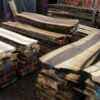

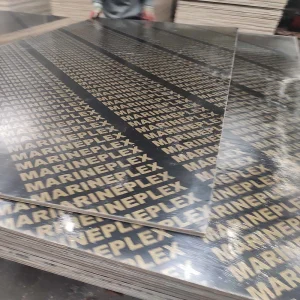

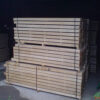
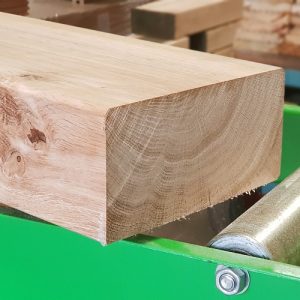
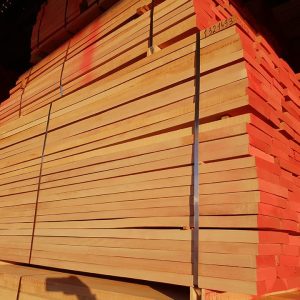
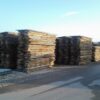
Reviews
There are no reviews yet.